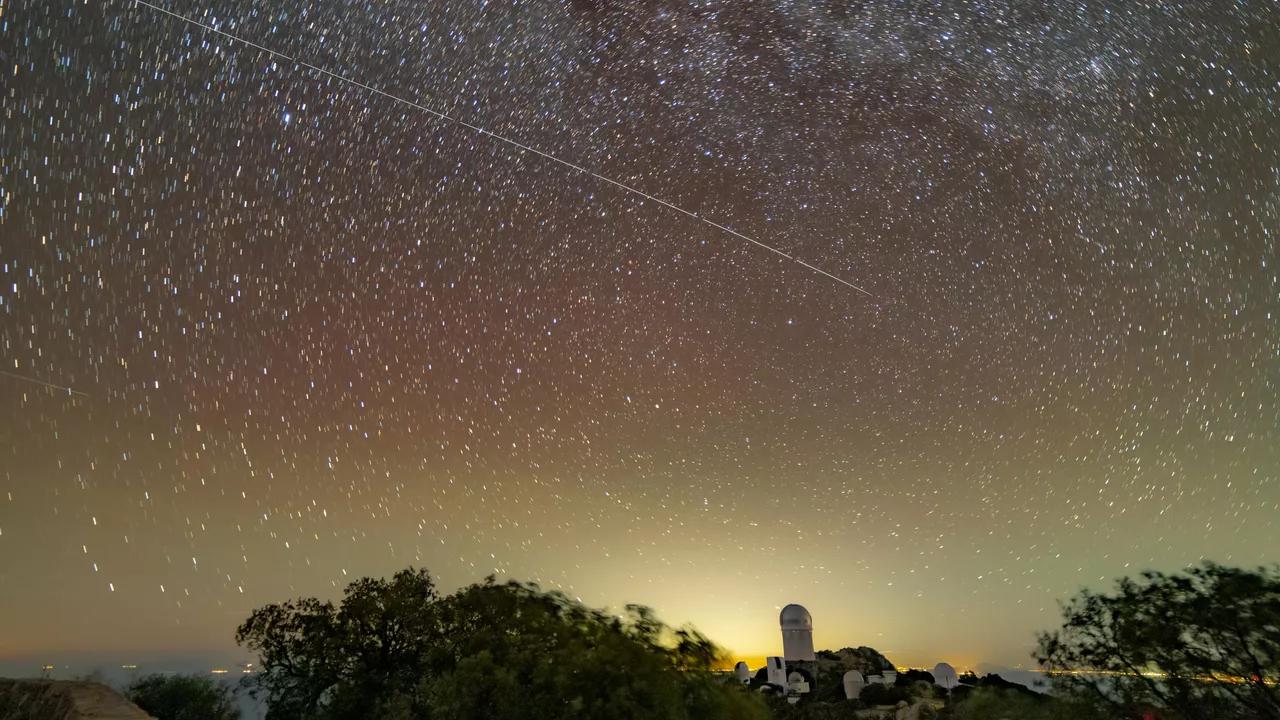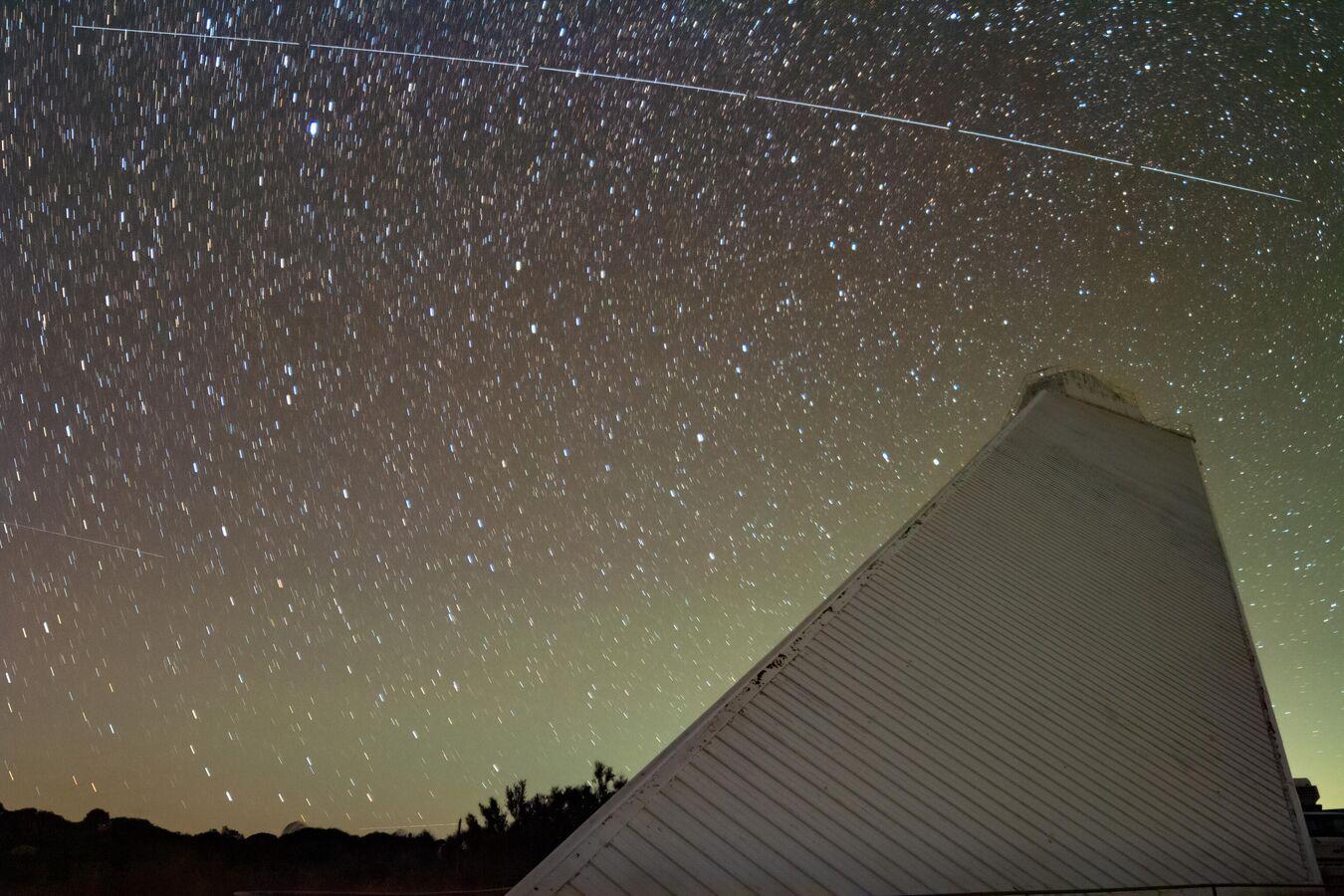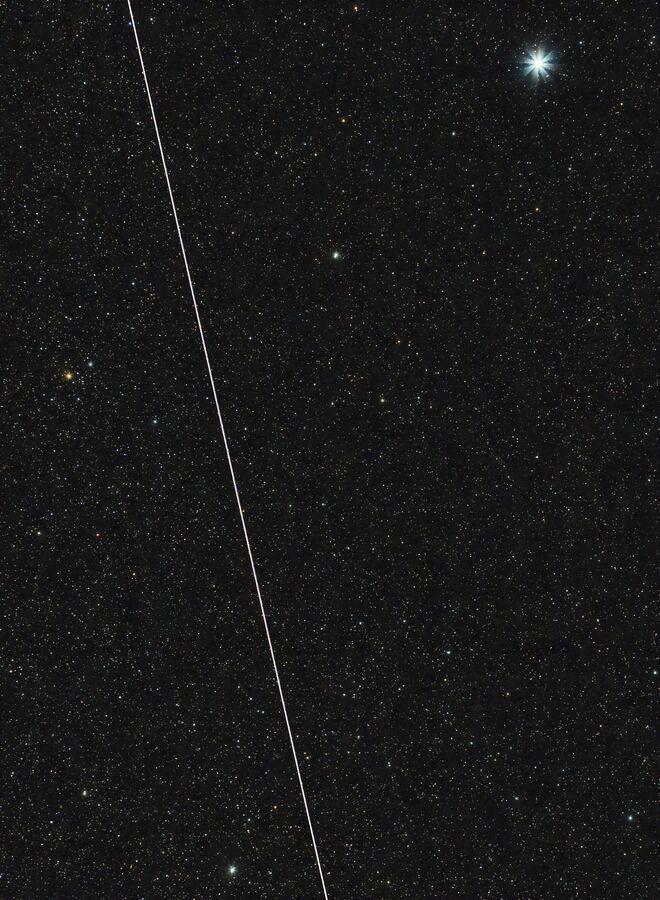Africa-Press – Rwanda. Light pollution is the illumination of the night sky by artificial sources that scatter light into the lower atmosphere, interfering with astronomical observations and altering the biorhythms of living beings, causing some of them to die.
The International Astronomical Union (IAU) is concerned about the level of light pollution emanating from Texas-based AST SpaceMobile’s new BlueWalker 3 artificial satellite, which was recently launched into orbit.
Scientists have issued a collective statement noting that the 64m2 phased array orbiter has turned out to be one of the brightest objects in the night sky and could hinder scientific research.
The space researchers in their appeal point to the “unprecedented brightness” of the artificial object in orbit and note their concern over the fact that AST SpaceMobile plans to launch dozens of additional BlueWalker-like satellites in the future. The researchers published a photo of BlueWalker 3 moving along the night sky to prove their point.
Another problem, according to the scientists, is that BlueWalker 3 is essentially a very powerful space cell tower. The device is designed to transmit radio signals and provide satellite communications to conventional smartphone owners. The bottom line is that these radio signals could interfere with the use of radio telescopes on Earth, the IAU believes. In response to the scientists’ statement, AST SpaceMobile said:
For More News And Analysis About Rwanda Follow Africa-Press










